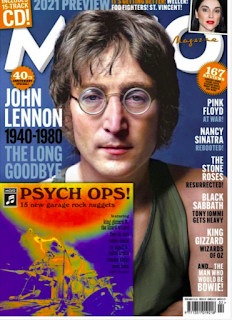Newspaper industries –ownership and control question: who controls The Observer / Guardian and what are its values?
The Observer was controlled by the Astor family and established the Observer's liberal values in the 1930's. David Astor was the editor until the mid 1970's. The newspaper easily fitted with the values of the Scott trust.
Press freedom and regulation question: What is meant by 'a free press'? When The Guardian newspaper investigated (and revealed) what The News of The World newspaper had done to get stories, what big changes in press regulation resulted?
'a free press' meant that newspapers could take campaigns and discuss political issues without interference from the government or other authorities. Any Journalist would be able to set up a newspaper for free and would be allowed to publish whatever they wanted such as political views.
After the Guardian news paper revealed how "The news of the world" had managed to get their stories, in response most of the press joined the IPSO (Independent Press Standards Organisation) which refused to apply to the recognition body as they saw this as unwarranted state interference in the free press
Convergence question: "When newspapers operate online there is technological and cultural convergence." What does this mean in The Observer?
This means that The Observer online has taken a lot of influence from the print version. With a great emphasis on lifestyle and hobbies (e.g. sport) which were kept out of the main section allowing for the main headline and story to be more prominent.
Newspaper audiences question: The Observer has different sections designed to appeal to different types of readers. Explain this with examples.
There are lots of different that genres that appeal to different tastes such as comedy, interviews, television, architecture, music and cinema and many more that satisfy many tastes.
Uses and gratification question: how does The Observer meet readers' needs for personal identity and social integration?
the personal identity allows the reader to read more about a certain topic that may interest them. Social integration however is allowing the reader to be more in tune with their interest and create forums or discussion based around that topic and make them feel like more of their respective community or culture.
Active/passive audiences question: in what way can The Observer's audience be 'active' ?
The audience of The Observer lean towards being more of an 'active' audience because the readers are given access to edit or share news within the Observer. Giving them this freedom gives the journalists at The Observer a clearer view as to what they wish to see.



